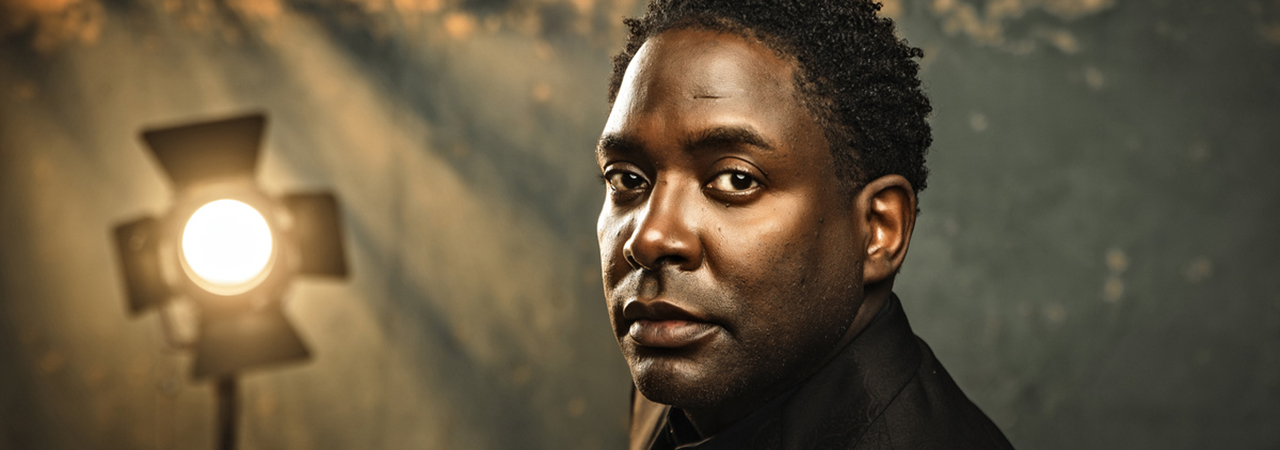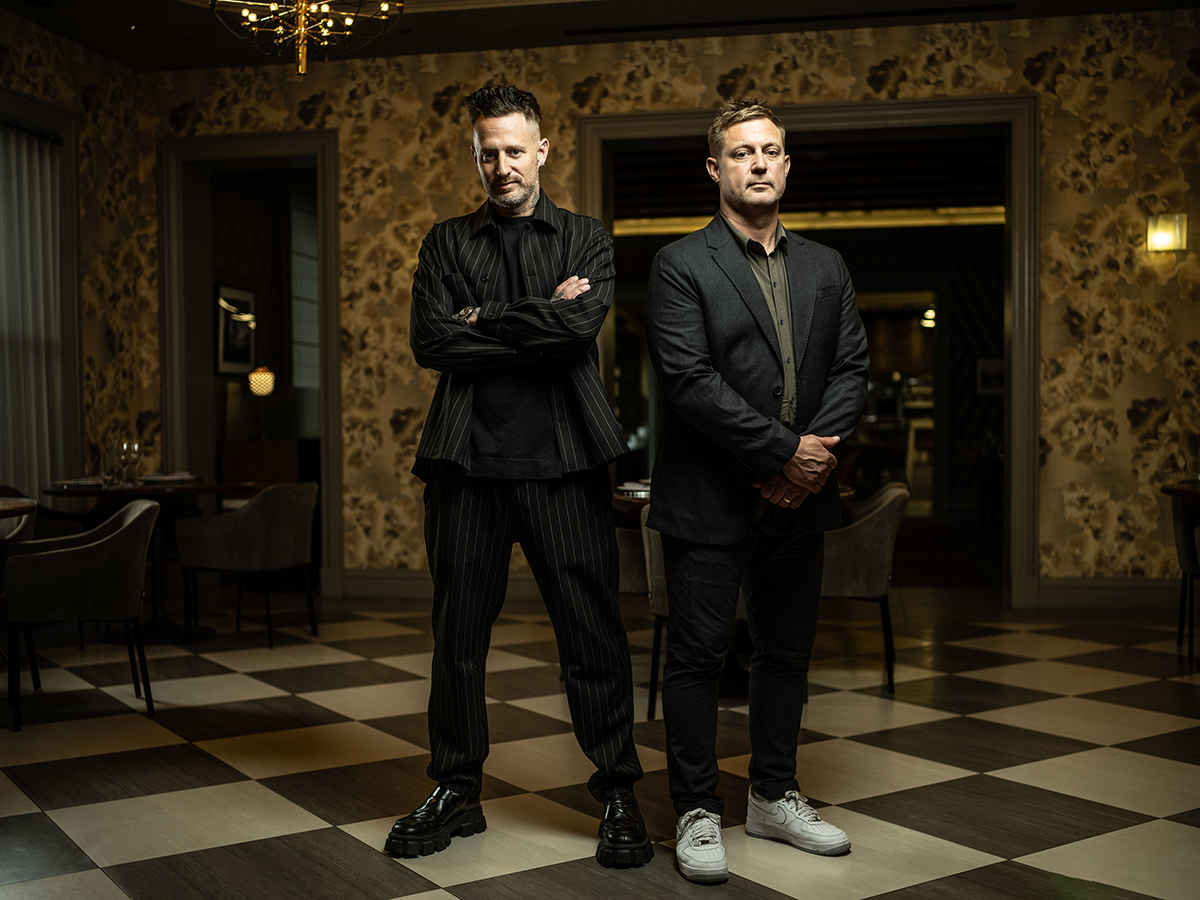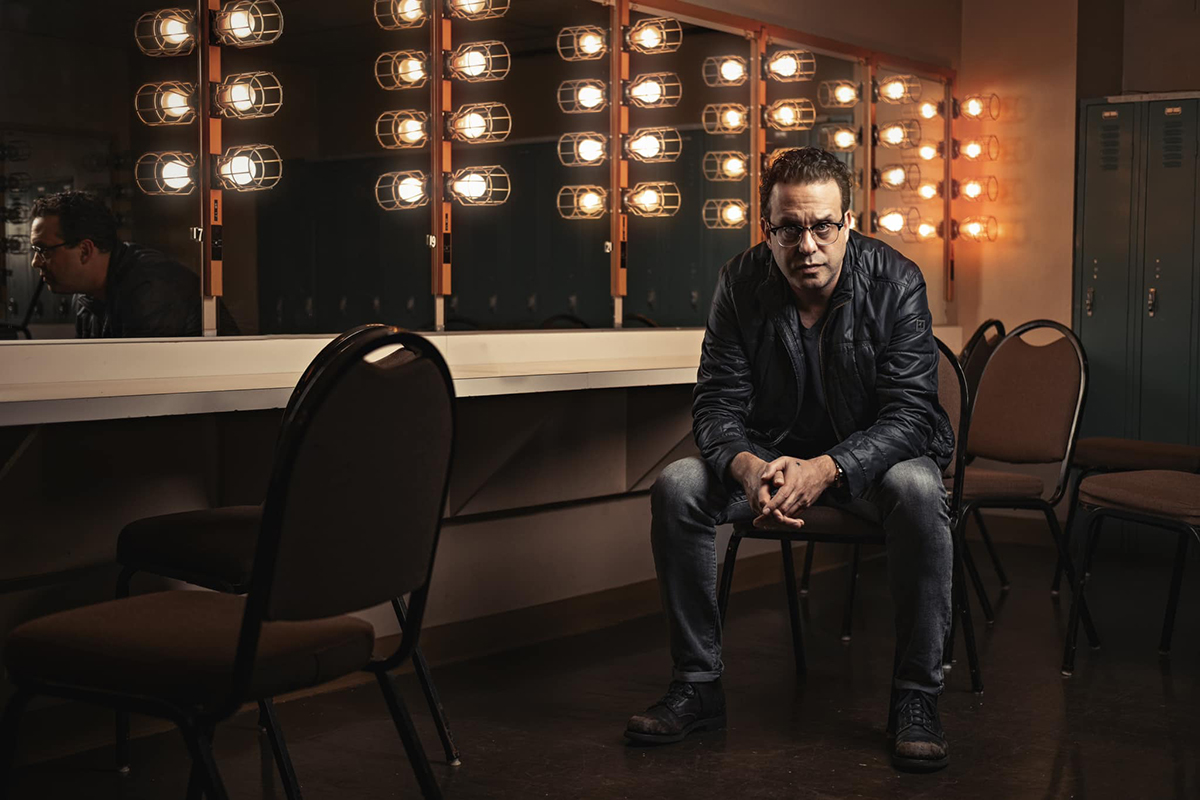In the realm of portrait photography, dramatic lighting in portrait photography is a powerful tool. It can transform an ordinary shot into a captivating image. Dramatic lighting effects, in particular, can add depth and emotion, turning a simple portrait into a compelling story.
In this post, you will learn:
- Essential techniques for creating dramatic lighting effects.
- How to use shadow play effectively for emotional impact.
- The differences between natural and artificial lighting and when to use each.
- Tips on using color gels and modifiers to enhance mood and depth.
- Common mistakes to avoid when working with dramatic lighting in portraits.
By Guest Contributor Jonathan Thorpe
Understanding Dramatic Lighting in Portrait Photography
Dramatic lighting in portrait photography is all about creating impact. It’s about using light and shadow to evoke emotion and add depth to your images.
One key aspect of dramatic lighting is contrast. For instance, high contrast lighting can create a bold and impactful look. It can highlight the subject’s features and add a sense of drama to the image.
Another important element is the direction of light. Side lighting, for example, can create depth and dimension in portraits. And it can emphasize the texture and form of the subject, adding a layer of realism to the image.
Understanding these elements and how to manipulate them is crucial. It’s the first step towards mastering the art of dramatic lighting in portrait photography.
The Role of Light and Shadow in Creating Mood
Light and shadow play a crucial role in creating mood in portrait photography. They can be used to evoke a range of emotions, from joy and hope to sadness and mystery.
For instance, a portrait lit with soft, warm light can convey a sense of comfort and intimacy. On the other hand, a portrait with harsh, cold light and deep shadows can create a sense of tension or unease.
Understanding how to use light and shadow to create mood is a powerful tool for any portrait photographer. It allows you to tell a story with your images, adding a layer of depth and emotion that can captivate your audience.
Jonathan’s Tip:
“The Voltaggio brothers are world famous chefs and for their portrait I wanted to make an image that felt more like a rockstar than a chef, We shot these in their steakhouse at MGM casino, a restaurant modeled after their childhood home. The choice to keep the images darker and moody, was one we made to elevate their image to a more serious place. Using shutter speed to increase the background darkness, allowed the sconce lights to come through, helping bring the whole location together with their portrait.”
Essential Equipment for Dramatic Lighting Effects
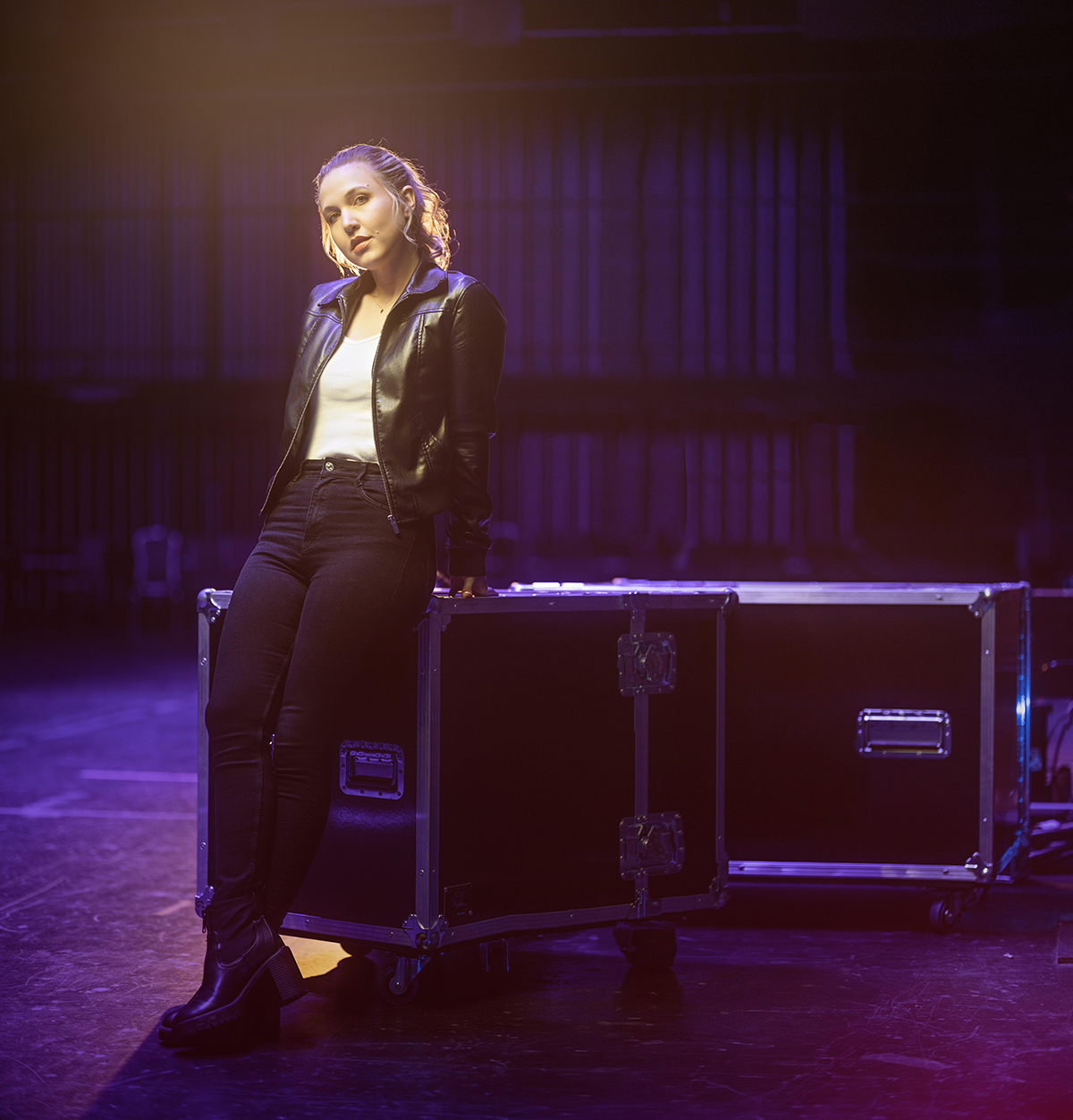
Creating dramatic lighting effects in portrait photography requires some essential equipment. This equipment allows you to control and manipulate light to achieve the desired effect.
Here are some of the key pieces of equipment you might need:
- Light sources: These can be natural (like the sun) or artificial (like flash units, strobes, or continuous lights).
- Light modifiers: These include umbrellas, soft boxes, and reflectors that help shape and soften the light.
- Gels: These are colored filters that can be placed over your light source to change the color of the light.
- Flags and gobos: These are used to block or shape the light.
The specific equipment you need will depend on the type of lighting effect you want to create. It’s always a good idea to experiment with different tools to see what works best for your style of photography.
Jonathan’s Tip:
“For these images of comedian Taylor Tomlinson, we needed to shoot something to help promote her tour. Shooting backstage gave us the right dark and moody location, and by gelling it purple helped her stand out. Adding a warm backlight up and behind her helped add a touch of color correct to her, again ensuring her to stand out in the sea of color around her.”
Natural Light vs. Artificial Light — Pros and Cons

When it comes to creating dramatic lighting effects, both natural and artificial light have their advantages and disadvantages. Understanding these can help you make the best choice for your portrait photography.
- Natural light, such as sunlight, is readily available and can create beautiful, soft lighting effects. However, it can be unpredictable and difficult to control, especially in outdoor settings.
- Artificial light, on the other hand, offers complete control over intensity, direction, and color. This makes it ideal for creating specific dramatic effects. The downside is that artificial lighting equipment can be expensive and requires a certain level of technical knowledge to use effectively.
In the end, the choice between natural and artificial light will depend on your specific needs, the effect you want to achieve, and the resources you have at your disposal.
Jonathan’s Tip:
“A very simple portrait but in shooting with a higher shutter speed we can start to bring out the drama in the clouds and landscape, this also increases the overall contrast of the image. From there one light on our subject with a hard shadow falloff, help create a cinematic image filled with mood and atmosphere.”
How to Effectively Utilize Shadows for Emotional Impact
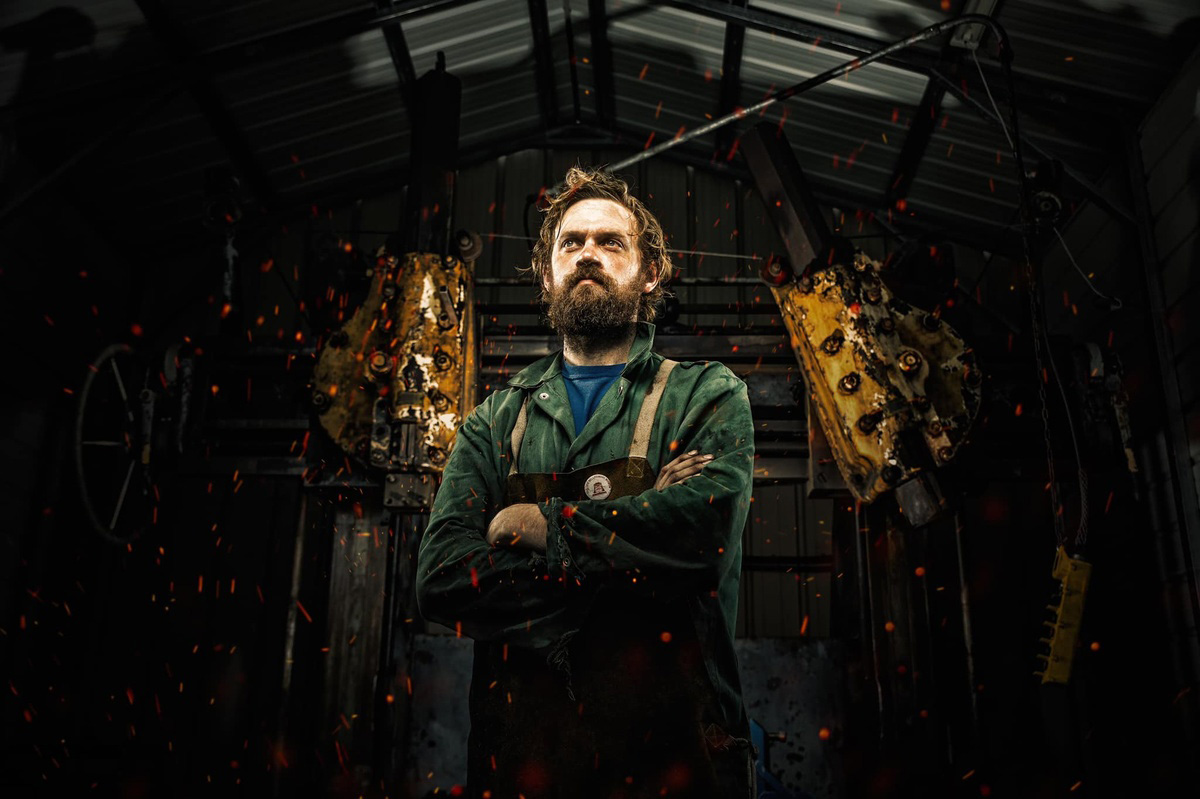
Shadows are just as important as light in a photograph. They define shapes, create texture, and contribute to the overall mood of the image. And shadow play is a powerful tool in creating dramatic lighting effects in portrait photography. The strategic use of shadows adds depth, mystery, and emotion to your images.
By manipulating the direction and intensity of your light source, you can cast shadows that highlight certain features and hide others. This can create a sense of intrigue and draw the viewer’s attention to specific elements of the portrait.
Mastering shadow play requires practice and experimentation. Remember, don’t be afraid to try different lighting setups and observe how they affect the shadows in your image. The results can be dramatic and impactful.
Jonathan’s Tip:
“Shooting in an environment that’s gritty and raw like the bell factory we’re shooting in here is a great time to practice more dramatic lighting. By lighting our subject and our background with its own hard lights, it helps pull detail out from all the metal and helps our subject stand out.”
Techniques for High Contrast and Side Lighting
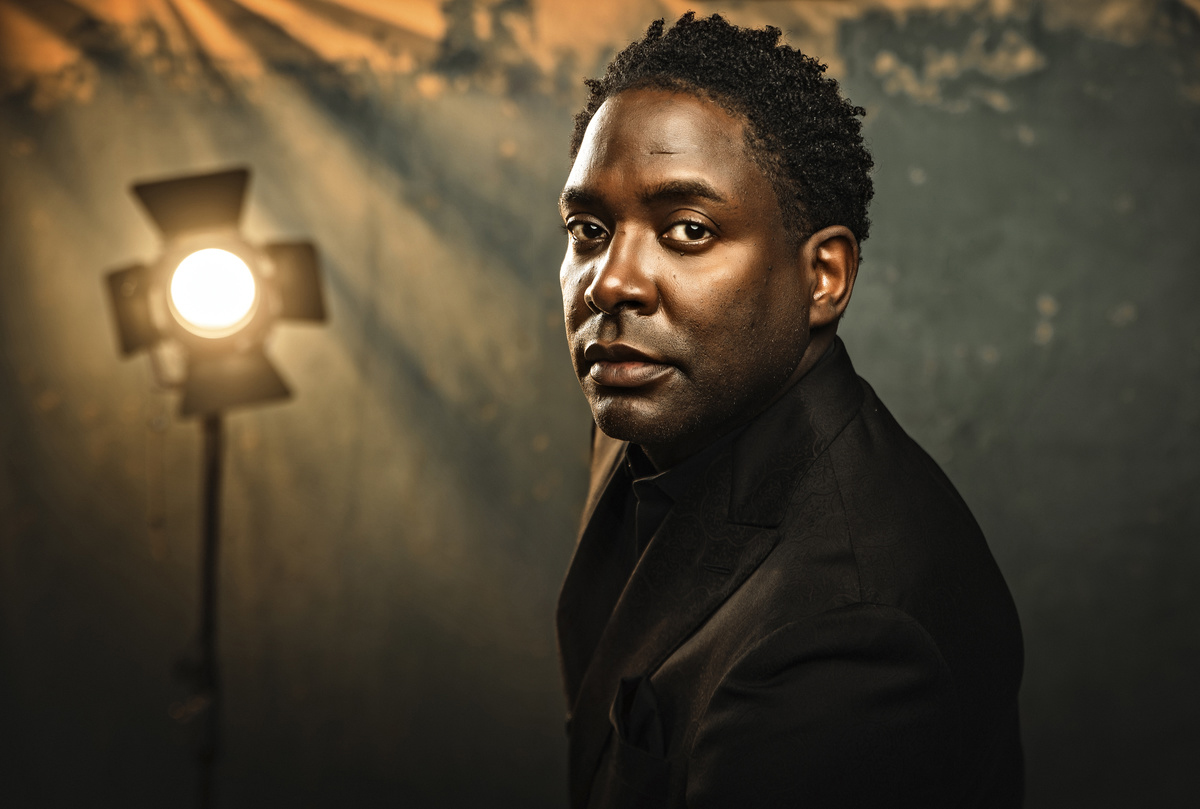
High contrast lighting is a technique that can add a bold and dramatic look to your portraits. It involves creating a stark difference between the light and dark areas of the image.
One way to achieve high contrast lighting is by using a single, strong light source. This can create deep shadows and bright highlights, resulting in a striking and dramatic effect.
On the other hand, side lighting is a technique where the light source is positioned to the side of the subject. This can create depth and dimension in your portraits, emphasizing the contours of the face and adding a sense of realism.
Both high contrast and side lighting can be powerful tools in creating dramatic lighting effects. Experiment with these techniques to see how they can enhance your portrait photography.
Jonathan’s Tip:
“The star in this portrait is the old Hollywood style movie light in the background. Similar to the DeRosa photo below, we’re controlling our key light with a grid to ensure we don’t let it wash out the background light.”
The Magic of One Light Source — Simplicity in Drama
Using a single light source can often result in some of the most dramatic and impactful portraits. It’s a technique that simplifies the scene, focusing the viewer’s attention on the subject.
A single light source can create strong shadows and highlights, adding depth and drama to the image. It can also help to create a sense of mystery, as parts of the subject may be left in shadow.
Experiment with different positions and angles of your single light source to see the different effects that you can create. The possibilities are endless.
Jonathan’s Tip:
“A big component in shooting with dramatic lighting is also utilizing practical lights. In this portrait of comedian Joe DeRosa I wanted to make sure I lit it in a way that’s dark enough in the room to keep the bulbs in the shot, while keeping my key light very contained in direction so as to not let it spill around the room.”
Color Gels and Mood Lighting — Adding Emotional Depth
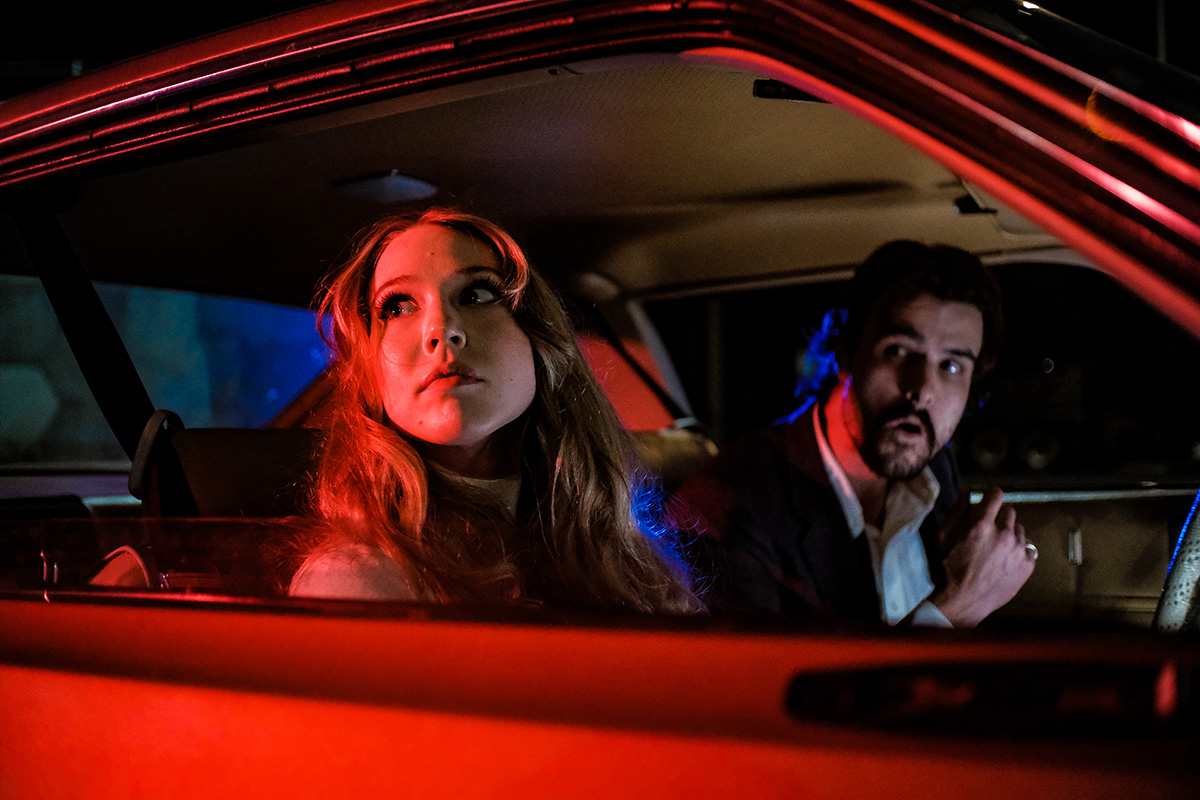
Color gels can be a powerful tool in creating dramatic lighting effects. They allow you to add color to your light, which can drastically change the mood of your portrait.
For example, a warm orange gel can create a feeling of warmth and comfort, while a cool blue gel can evoke a sense of calm or sadness. Experiment with different colors and combinations to find the mood that best suits your subject and the story you want to tell.
Remember, lighting is not just about illumination. It’s also about creating emotion and atmosphere.
Jonathan’s Tip:
“This is a still from my short film ‘Do I Love You.’ Lighting plays a key role in the film as the colors represent who the actual “bad guy” is. Throughout the film it looks simply like it was being lit by outside sources, neon, streetlights, etc. but the hard gelled light here acts like a precursor of things to come.”
Modifiers and Direction — Controlling Your Light
Light modifiers are essential tools for shaping and controlling light in portrait photography. They can help you achieve a variety of dramatic lighting effects.
For instance, snoots, grids, and barn doors can be used to direct light and create a spotlight effect. Diffusers and reflectors, on the other hand, can soften or bounce light to achieve desired effects.
The direction of light also plays a crucial role in creating dramatic portraits. Side lighting, for example, can create depth and dimension, while backlighting can create a silhouette effect. Understanding how to control the intensity and direction of light is key to mastering dramatic lighting effects.
Post-Processing: Enhancing Dramatic Effects After the Shoot
Post-processing is an integral part of creating dramatic lighting effects in portrait photography. It allows you to enhance or modify the lighting effects captured during the shoot.
For instance, you can increase contrast, adjust exposure, or add vignettes to focus attention on the subject. Techniques such as HDR can also be used to capture a wider range of light and shadow. The goal is to enhance the drama in the portrait, not to create it entirely in post-processing.
Common Pitfalls to Avoid in Dramatic Lighting in Portrait Photography
Creating dramatic lighting effects in portrait photography can be challenging. There are common pitfalls that photographers should avoid to ensure the best results.
One common mistake is overdoing the contrast, which can result in loss of detail. Another pitfall is not considering the subject’s features and skin tone when setting up the lighting. Lastly, safety should never be compromised when working with electrical lighting equipment. Always ensure that your setup is safe and secure.
Learning from the Masters: Jonathan Thorpe’s Approach to Dramatic Lighting in Portrait Photography
Jonathan Thorpe is a renowned portrait photographer known for his dramatic lighting techniques. His work is a great source of inspiration for photographers looking to create dramatic lighting effects in their own portraits.
Thorpe often uses a single light source to create high contrast and depth in his portraits. He also employs color gels and shadow play to add mood and emotion to his images. Studying his work can provide valuable insights into how to use light and shadow to create dramatic, impactful portraits.
Final Thoughts on Dramatic Lighting In Portrait Photography — Practice Makes Perfect
Mastering dramatic lighting effects in portrait photography takes time and practice. It’s about experimenting, learning from mistakes, and refining your technique. The goal is to tell a story through light and shadow. With patience and persistence, you can create stunning, dramatic portraits that captivate viewers.
About Jonathan Thorpe
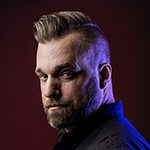
Jonathan Thorpe is a Washington DC based commercial photographer and director. The son of a painter and mechanic, Jonathan left behind a career in optometry when photography found him as it was a natural decision since it combined highly technical detail with creativity. Over the span of his career, he’s been lucky enough to work with multiple fortune 500 companies, as well as countless magazines and celebrity portraits.
Instagram: @jthorpephoto
Learn about Tamron Lenses at an authorized Tamron dealer in your area or visit the TAMRON Store today.
